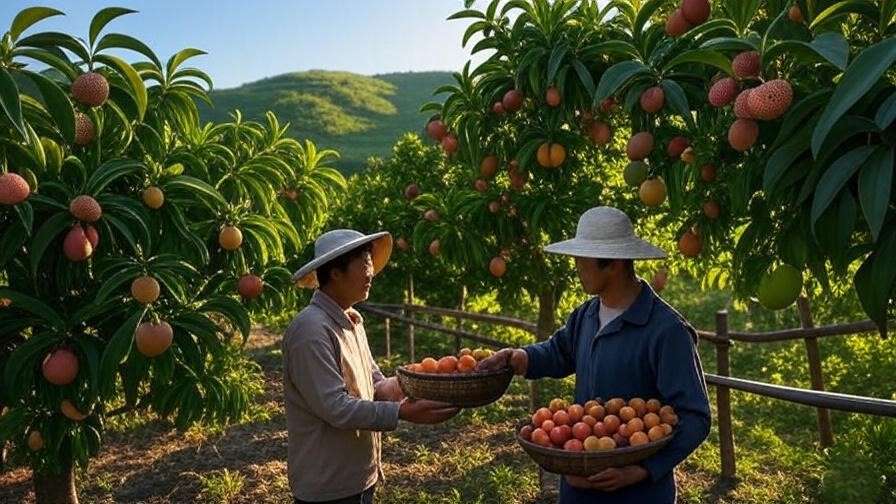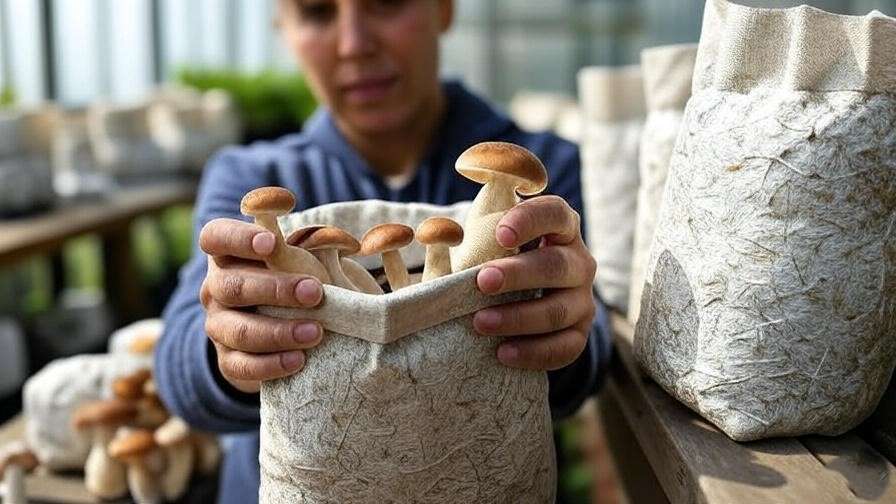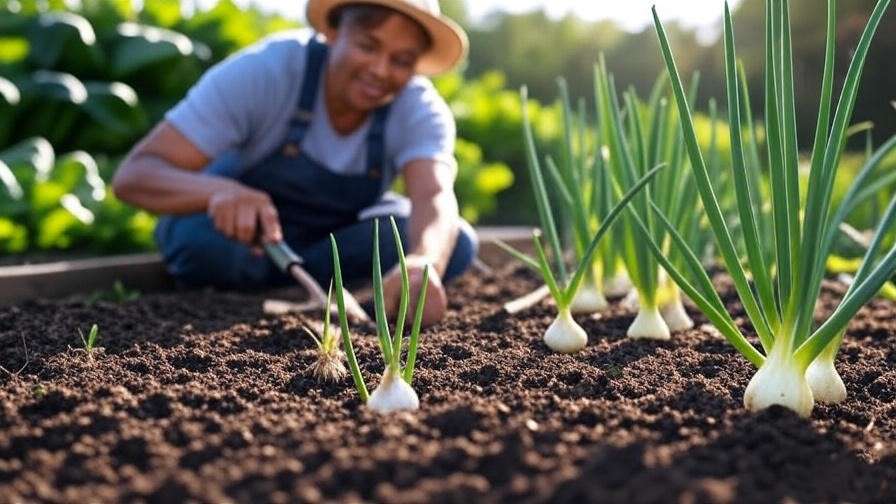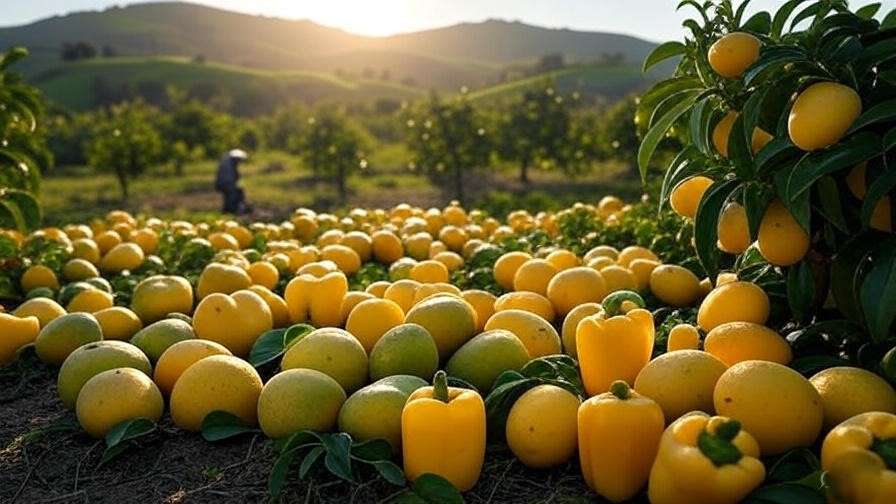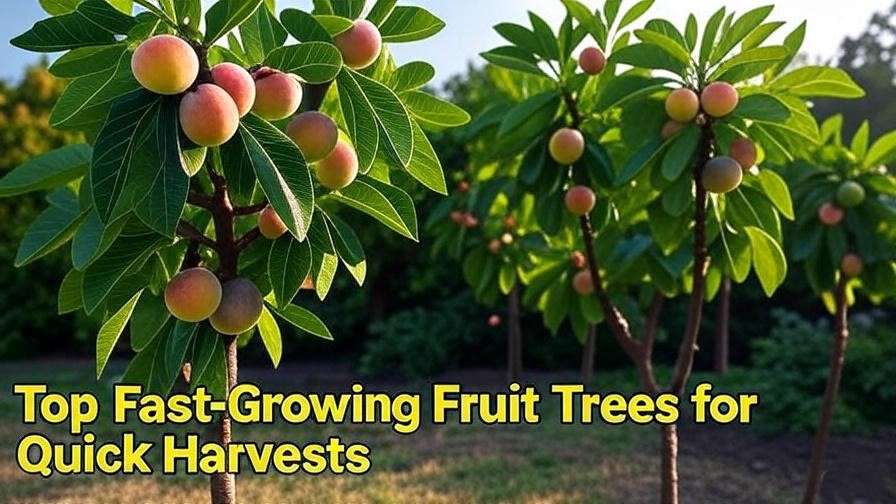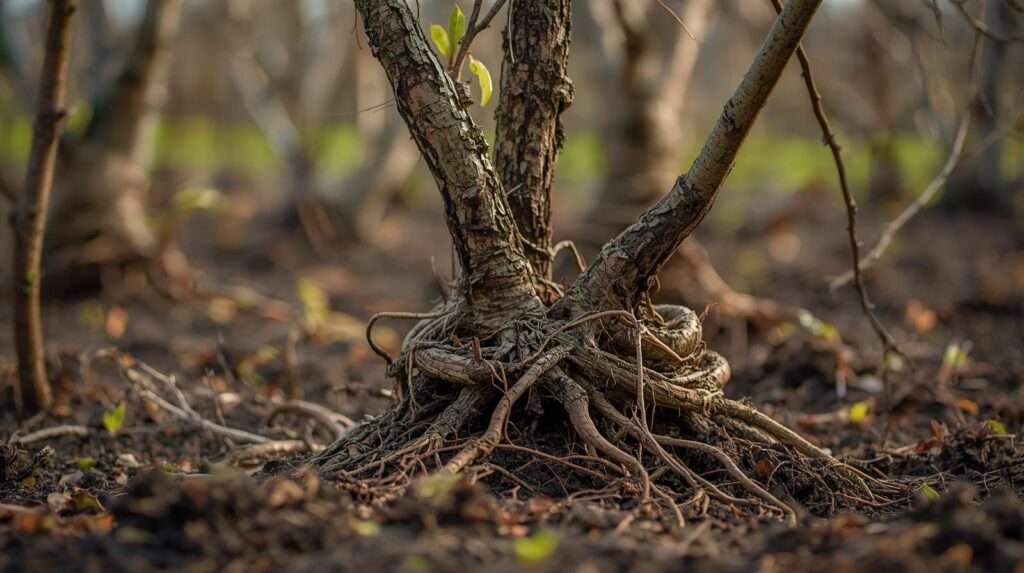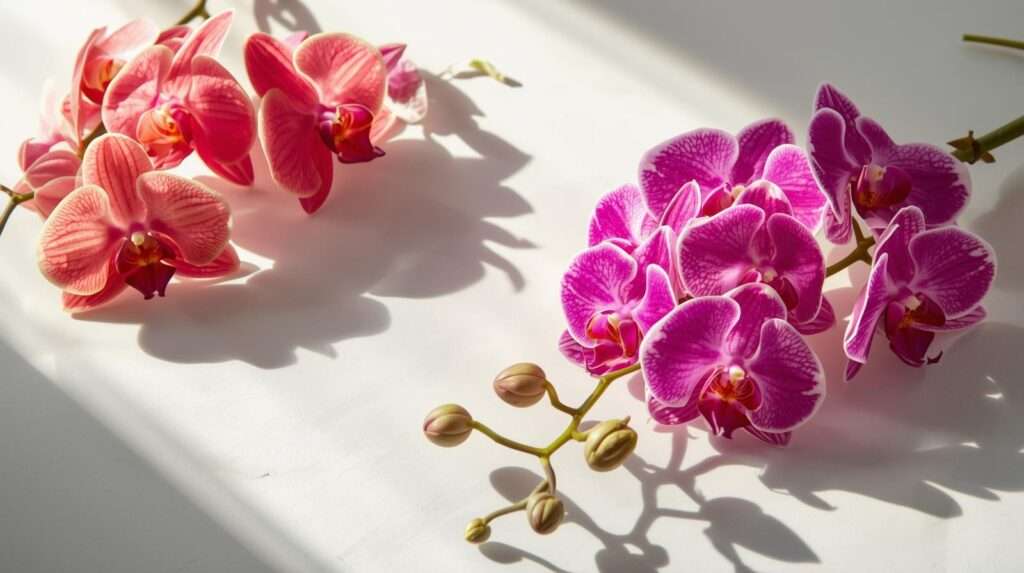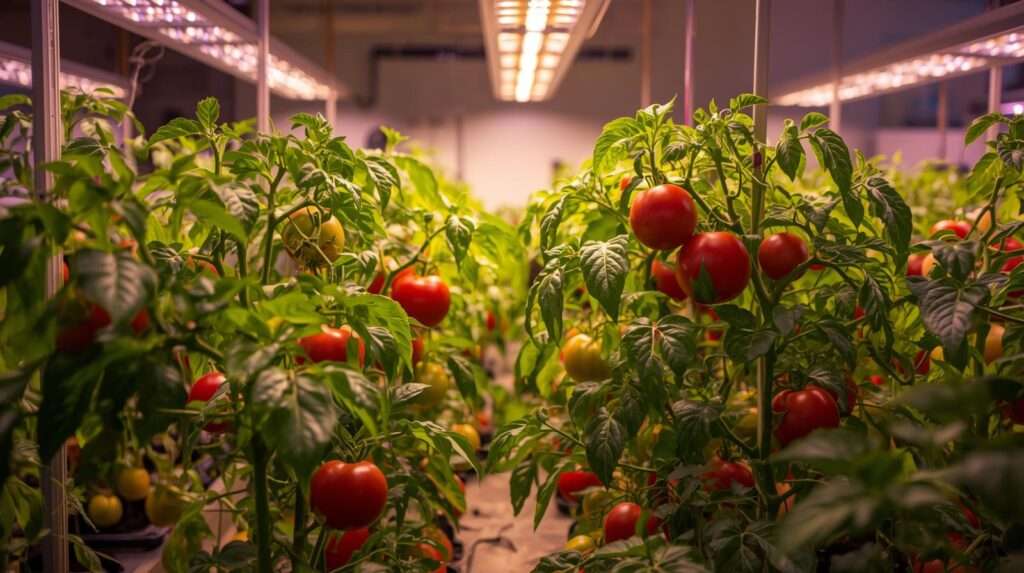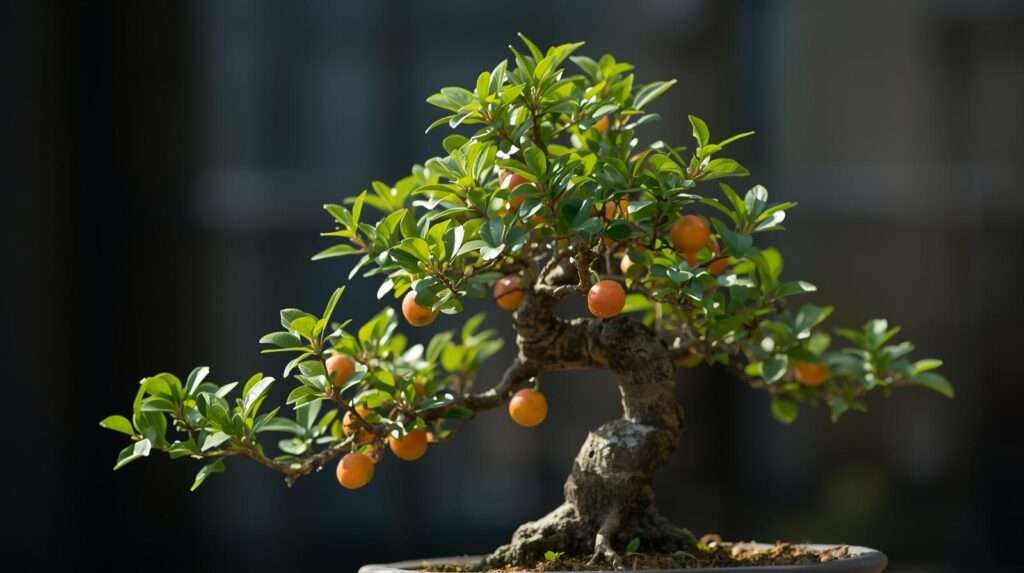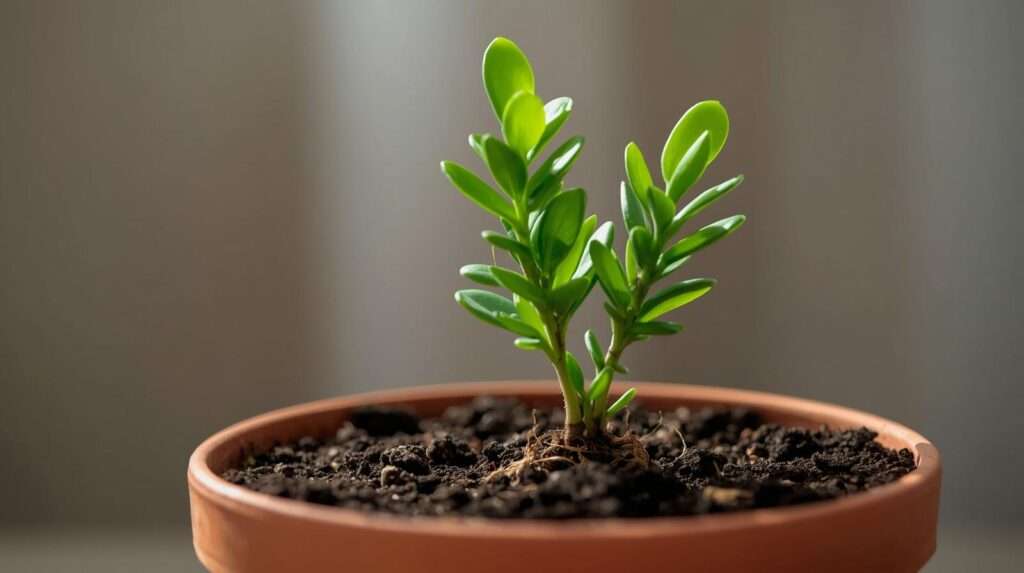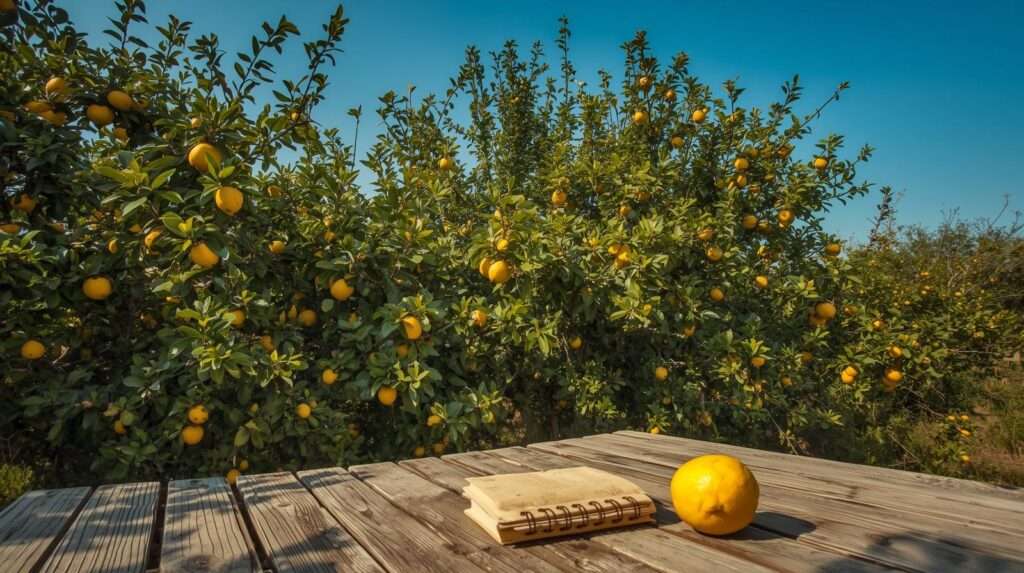Picture a backyard bursting with exotic Asian fruits—juicy lychees, sweet mangoes, and vibrant persimmons—grown right at home with ease. Asian fruits, a treasure trove of flavors from regions like Southeast Asia and China, are gaining popularity among gardeners and small-scale farmers eager to diversify their harvests. Whether you’re in a warm climate or adapting to cooler zones, this guide unlocks the secrets to cultivating these delightful crops successfully. Drawing on decades of horticultural experience and insights from agricultural research, we’ll cover everything from planting to pest management, ensuring you achieve a thriving harvest.
1. Understanding Asian Fruits
1.1 What Are Asian Fruits?
Asian fruits encompass a rich variety of tropical and subtropical delights, including lychee, mango, persimmon, dragon fruit, longan, and rambutan. Originating from countries like Thailand, India, and Japan, these fruits have been staples in Asian cuisine and traditional medicine for centuries. Lychees offer a juicy, floral sweetness, while mangoes bring a tangy-sweet punch, and persimmons provide a honey-like taste when ripe. The University of Hawaii Extension highlights their nutritional value, packed with vitamins C and A, making them a healthy addition to any diet. Each fruit has unique growth habits, from the vine-like dragon fruit to the tree-based mango, requiring tailored care.
1.2 Why Grow Asian Fruits?
Cultivating Asian fruits offers numerous benefits, from their diverse flavors to their growing market demand. These crops thrive in warm climates (USDA Zones 9-11) but can be adapted with greenhouses or microclimates elsewhere. Their resistance to some common pests makes them appealing for organic farming, though challenges like fruit fly infestations require attention. For gardeners, they add exotic appeal; for farmers, they tap into niche markets. Dr. Richard Campbell, a tropical fruit specialist at Fairchild Tropical Botanic Garden, notes, “The surge in interest in Asian fruits reflects a global appetite for unique, sustainable produce.”
2. Preparing to Grow Asian Fruits

2.1 Assessing Your Climate and Location
Before planting Asian fruits, assess your climate and site. Most thrive in Zones 9-11, with minimum temperatures above 25°F, though persimmons tolerate cooler conditions down to Zone 7. Select a location with full sun (6-8 hours daily) and good air circulation to reduce disease. Space trees accordingly—mangoes need 20-30 feet, lychees 15-20 feet—while dragon fruit vines require trellises or supports. Protect from strong winds with natural barriers like hedges. The University of Florida IFAS Extension emphasizes site selection as the foundation for healthy fruit trees.
2.2 Soil Preparation and Requirements
Asian fruits prefer well-drained, sandy loam or loamy soil with a pH of 5.5-7.0. Conduct a soil test through your local cooperative extension to check pH and nutrient levels—low pH can be corrected with lime, while high pH may need sulfur. Improve fertility by incorporating 2-3 inches of compost or aged manure. For waterlogged areas, build raised beds or mounds to enhance drainage, critical for preventing root rot in mangoes and lychees. Proper soil prep, as advised by the USDA, ensures robust root development.
2.3 Selecting Varieties and Sources
Choosing the right variety is key. Popular options include ‘Brewster’ lychee (sweet and juicy), ‘Keitt’ mango (late-season harvest), and ‘Fuyu’ persimmon (non-astringent). Dragon fruit varieties like ‘Vietnamese White’ offer high yields. Purchase from reputable nurseries like Just Fruits and Exotics or Logee’s, opting for grafted trees for quicker fruiting. Look for disease-free stock with healthy roots and a strong trunk. Consider local climate compatibility—consulting a regional extension service can guide variety selection for optimal success.
Tip: Check for a straight trunk and vibrant leaves when selecting trees, ensuring a strong start for your Asian fruit orchard.
3. Planting Asian Fruit Trees
3.1 Best Planting Times
The best time to plant Asian fruits is spring or early summer, allowing roots to establish before hot weather. In milder climates (e.g., Zone 10), fall planting is viable, reducing transplant shock. For dragon fruit, plant year-round in frost-free areas. Timing varies by region—consult local extension services for precise schedules, as noted by the University of California Agriculture and Natural Resources.
3.2 Step-by-Step Planting Process
- Hole Preparation: Dig a hole twice the width and depth of the root ball, loosening the soil to encourage growth.
- Planting Technique: Position the tree so the graft union sits 2-3 inches above ground, spread roots, and backfill with a soil-compost mix.
- Watering: Apply 1-2 gallons of water to settle the soil.
- Support: Stake young trees in windy areas, using soft ties to avoid damage.
3.3 Initial Care After Planting
Apply a 2-3 inch layer of organic mulch (e.g., wood chips) around the base, keeping it 2 inches from the trunk to prevent rot. Water deeply once a week during the first year, adjusting for rainfall. Protect against pests with tree guards and shield from sunscald with white latex paint on trunks. A gardener in Florida shared how mulching lychee trees led to vigorous growth within two years, illustrating the impact of early care.
Example: Maria, a homesteader in Hawaii, planted mango trees in spring with drip irrigation, yielding her first fruit in three years—a testament to proper planting techniques.
4. Caring for Asian Fruit Trees
4.1 Watering and Irrigation

Consistent watering is crucial, especially during flowering and fruiting. Provide 1-2 inches weekly, ensuring deep penetration (12-18 inches). Drip irrigation is efficient, delivering water to roots while minimizing waste, though hand watering works for small plots. Watch for overwatering signs—yellowing leaves or soggy soil—common with lychees. Adjust based on soil type; sandy soils need more frequent watering than clay.
4.2 Fertilizing for Healthy Growth
Asian fruits need balanced nutrition. Apply a 10-10-10 fertilizer in early spring (0.5-1 pound per young tree, increasing with size) and a potassium-rich feed (e.g., 0-0-10) during fruiting. Organic options like compost or fish emulsion suit eco-conscious growers. Avoid over-fertilization, which can cause leaf burn—test soil every 2-3 years to monitor levels. The University of Hawaii Extension recommends micronutrients like zinc for mangoes.
4.3 Pruning and Training

Pruning enhances airflow, shape, and fruit production. Prune in late winter or early spring before bud break. For mangoes, train to an open-center system; for lychees, thin crowded branches. Remove suckers and water sprouts, limiting cuts to 20-25% of the canopy. The University of Florida IFAS Extension provides a pruning guide, suggesting diagrams for visual learners.
5. Pest and Disease Management
5.1 Common Pests

Asian fruits face pests like fruit flies, scale insects, and mealybugs. Fruit flies lay eggs in ripening mangoes and lychees, causing rot, while scale insects suck sap from leaves and stems. Mealybugs, with their white, cottony appearance, weaken dragon fruit vines. Organic controls include neem oil sprays and insecticidal soap, applied weekly during infestations. Introduce beneficial insects like ladybugs to target aphids naturally. Regular monitoring—inspecting leaves and fruit every 7-10 days—helps catch issues early, as recommended by the University of California IPM program.
5.2 Major Diseases
Key diseases include anthracnose, powdery mildew, and root rot. Anthracnose, a fungal disease, causes dark spots on mango and persimmon fruit—use copper-based fungicides preventively. Powdery mildew, marked by white coatings on leaves, thrives in humid conditions; improve airflow with pruning. Root rot, often from poor drainage, affects lychees—ensure well-drained soil or raised beds. Some varieties, like ‘Hass’ dragon fruit, show resistance to certain fungi, offering growers an advantage in organic systems.
5.3 Integrated Pest Management (IPM)
IPM combines cultural, biological, and chemical strategies for sustainable pest control. Cultural practices include removing fallen fruit to reduce breeding sites and pruning for airflow. Biological controls involve releasing predatory insects or using pheromone traps for fruit flies. Chemical options, like spinosad for flies, should be a last resort, applied per label instructions. A seasonal calendar—biweekly checks in spring, traps in summer—helps manage pests effectively across the growing season.
Tip: Create a pest management checklist: inspect trees weekly, apply neem oil before fruit set, and set traps in early summer.
6. Harvesting and Storing Asian Fruits
6.1 When and How to Harvest

Harvest timing varies by fruit. Lychees ripen from June to July, indicated by red or pink skin and a sweet aroma—pick by hand to avoid skin damage. Mangoes are ready from May to August, judged by a slight give and fruity scent, using a ladder or pruners for high branches. Persimmons harvest in late fall (October-November) when fully orange and soft for astringent types. The University of Hawaii Extension suggests taste tests to confirm ripeness, ensuring peak flavor.
6.2 Storage Techniques
Store Asian fruits at 40-50°F with 85-90% humidity to extend shelf life. Lychees last 1-2 months in refrigeration, mangoes 1-2 months, and persimmons 3-4 months if unripe. Use perforated plastic bags or crates to maintain humidity, checking weekly for spoilage. Avoid storing near ethylene producers like apples, which speed ripening. Controlled atmosphere storage, with reduced oxygen, suits commercial growers for long-term preservation.
6.3 Culinary Uses and Preservation
Asian fruits shine in diverse culinary applications. Eat lychees fresh or in salads, mangoes in smoothies or chutneys, and persimmons in puddings or dried slices. Preserve by freezing mango chunks, drying persimmons, or canning dragon fruit jam. Here’s a simple mango chutney recipe:
- Ingredients: 2 ripe mangoes (diced), 1/4 cup vinegar, 1/4 cup sugar, 1 tsp ginger, 1/2 tsp chili flakes.
- Instructions: Simmer all ingredients for 20 minutes until thickened. Cool and store in jars for up to 3 months.
Example: A farmer in California used stored lychees to supply local markets year-round, showcasing effective preservation techniques.
7. Troubleshooting Common Issues
7.1 Poor Fruit Set or Drop
Poor fruit set or drop results from inadequate pollination, water stress, or nutrient deficiencies. Mangoes and lychees often need cross-pollination—plant compatible varieties within 50 feet. Water stress during flowering causes drop; maintain consistent irrigation. Low potassium or boron can hinder set—apply a balanced fertilizer and foliar spray. Hand pollination with a brush can boost yields for isolated trees.
7.2 Environmental Stress
Drought, frost, and heat waves challenge Asian fruits. Mulch heavily and use drip irrigation during dry spells to retain moisture. Late frosts damage blossoms—cover trees with frost blankets or use sprinklers for protection. In hot climates, shade cloth prevents fruit sunburn. The Asian Vegetable Research and Development Center notes that microclimates can mitigate stress in marginal zones.
7.3 Wildlife and Theft
Birds, squirrels, and even human theft threaten harvests. Netting over trees or fruit clusters deters birds, while reflective tape or owl decoys scare squirrels. Install 6-8 foot fencing for larger animals or pilfering. Encourage natural predators like hawks with perches. A study from the center highlights netting as a cost-effective solution for small orchards.
8. Conclusion
Growing Asian fruits like lychees, mangoes, and persimmons transforms your garden into a tropical haven while meeting the demand for exotic produce. By selecting the right site, preparing soil, and mastering care techniques, you can overcome challenges and enjoy a thriving harvest. Start your journey today with these expert tips, and explore resources from your local extension service for tailored advice. Share your experiences or questions in the comments to join a growing community of fruit enthusiasts!
9. FAQs About Growing Asian Fruits
- Can Asian fruits grow outside tropical climates?
Yes, with greenhouses or microclimates in Zones 8-9, though yields may vary. - How long until these trees bear fruit?
Mangoes take 2-5 years, lychees 3-7 years, depending on care and variety. - Are Asian fruits suitable for organic farming?
Yes, with IPM and organic fertilizers, leveraging their natural pest resistance. - What’s the best fruit for beginners?
Persimmons, due to their hardiness and minimal pruning needs.
9. Conclusion
Growing Asian fruits like lychees, mangoes, and persimmons transforms your garden into a tropical haven while meeting the demand for exotic produce. By selecting the right site, preparing soil, and mastering care techniques, you can overcome challenges and enjoy a thriving harvest. Start your journey today with these expert tips, and explore resources from your local extension service for tailored advice. Share your experiences or questions in the comments to join a growing community of fruit enthusiasts!

